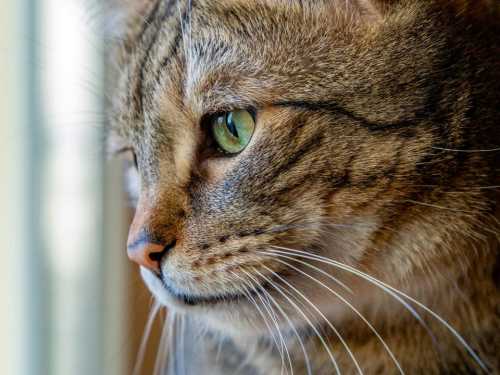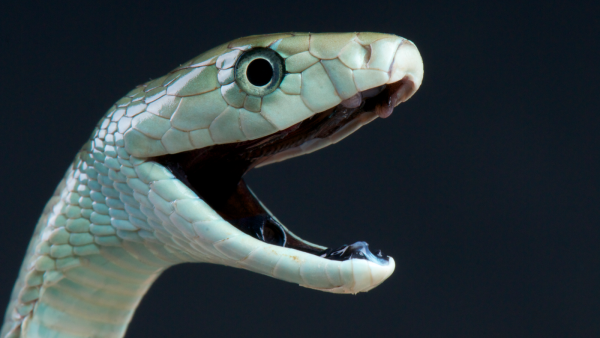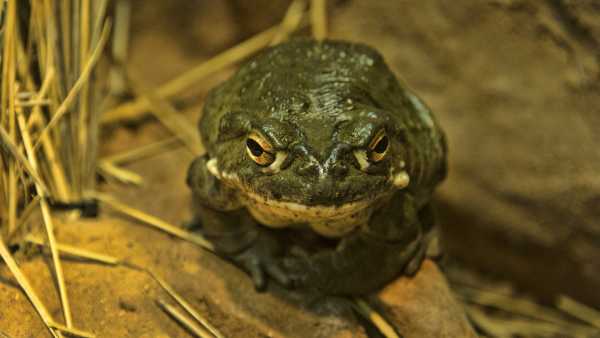
This morning you had a real “scandal” with your beloved cat. She climbed onto the table again and dropped a flower pot. It shattered, the soil scattered all over the clean laminate, and you got angry: you yelled at the cat and threw a plush slipper at it. And it was nothing: you flared up, it happens. But then you saw that the cat was sitting by the window, very sad, and … crying.
But can a cat cry from sadness? Or is it something else? Let's find out!
Can cats cry tears?
Cats have lived with us for thousands of years, and it's natural for us to humanize them. We endow them with the same emotions and reactions that we experience ourselves. But sometimes it backfires.
Cats and I really have a lot in common. However, we are completely different creatures, with different physiology and worldview. When we are very sad and hurt, we can cry. It seems to us that our beloved pet in a similar situation can do the same: “pout”, shed a tear. But cats do not cry because of emotions. They also grieve, grieve and suffer, but they express it differently than we do. But then where do the tears in a cat's eyes come from?
You may actually see tears in your cat’s eyes. Do you know what popular Oregon veterinarian Sheri Morris said about this? “Cat tears are a natural response to an irritant, injury, or illness.” And they are.
If you see your cat crying, it means that something is wrong with her physiologically. Maybe there is dust or hair in her eye, or maybe it is an injury to the iris, vision problems, or conjunctivitis. There can be many reasons.
What will a responsible, competent owner do if his cat is “crying”? He will not transfer his reactions to his pet, will not apologize and try to cheer up the cat. Instead, he will carefully examine the pet’s eyes and, if necessary, contact a veterinary specialist. Watery eyes can be a harmless temporary phenomenon, or perhaps it is a signal that something is wrong with the cat’s body. In any case, it is better to find out the reason.
If you scolded a cat and it “cried,” it’s a coincidence. A cat’s watery eyes always have a physiological reason, not related to an emotional background, and it’s very important to find out. Don’t transfer your feelings and behavior onto your pets, don’t think that the cat is crying because you didn’t give it a treat or because it’s feeling the autumn blues. We are similar in many ways, but we still belong to different biological species and behave differently.
Do cats get sad?
Cats cannot cry from sadness or resentment. They can suffer and worry. Cats also feel emotions towards people and other animals, they empathize. They just express it in their own way, especially.
Be sure, after a conflict with your beloved owner, your pet is stressed and disoriented. The cat is afraid of loud sounds, afraid of screams and even more afraid of objects that can fly towards it in the heat of passion. Vulnerable pets experience conflict situations so deeply that they hide under the bed for hours and refuse to eat. Frequent stress can lead to the saddest consequences, up to a decrease in immunity and changes in the psyche. In the future, this can provoke diseases of various systems of the cat's body.
How do cats show their sadness? It all depends on the individual.
But usually cats “cry” in the following ways:
- hide, withdraw, avoid contact
- become lethargic, lose interest in everything
- lose appetite
- vocalize: scream, make other plaintive sounds.
Temperamental cats can behave aggressively, snarling, hissing, and even attacking. All this is not because the cat is “bad.” It is a manifestation of fear, intense anxiety. A way to cope with stress and protect yourself.
If your cat or dog is behaving in this way, it is a signal that something has gone wrong in your relationship and that there are other strong stressors. The situation needs to be changed. Stress has never been good for anyone.
How to help a cat get rid of worries?
First of all, you need to rule out any possible illnesses or diseases. You may not know anything about them, but they will be the hidden cause of discomfort and stress for your cat. A veterinarian will help with this.
Analyze the daily, sleeping and waking routine. Does the cat have enough games and interesting activities? It is very important that the cat has a cozy corner where it can rest and sleep at any time and no one would disturb it there. Not even a child or your Jack Russell Terrier.
If a cat cannot find a secluded place to rest in the house, it will be constantly stressed.
Take a look at the conditions around you: is there any renovation going on in the entrance of your house? Perhaps you have new neighbors or are there dogs or other animals in the neighborhood that your cat reacts to in a similar way?
It is difficult to change the environment, but it is within your power to provide your cat with cozy and comfortable conditions for sleep and rest, as well as to plan your day in such a way as to pay attention to it, interest it, play with it, distract it. Communicate with the cat when it is awake, talk to it. It is important for the cat to hear your voice and your sincere friendly intonation.
Show affection and attention in a way that your pet feels comfortable with. You don't always need to pet your cat and carry it in your arms: not everyone likes it. Watch your pet's reactions – your cat will definitely show interest and let you know what she likes and what she doesn't like.
Cats love to walk on their own, they are very sensitive and delicate natures. Sometimes it takes a lot of time to learn to recognize your pet's true reactions and respond to them correctly.





